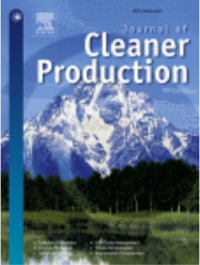Qiang Cui, Bin Chen
04/03/2024
The sustained growth of global aviation emissions has highlighted the urgent need for using Sustainable Aviation Fuels (SAFs) to replace traditional aviation fuels to mitigate emissions. SAFs can potentially reduce greenhouse gas emissions by 50%–90% compared to conventional jet fuels.
This paper is focused on the reduction of emissions achieved by airlines in South America and the associated costs of using SAFs. Firstly, aviation emissions of international routes in South America from 2019 to 2021, including CO2, HC, NOx, CH4, and N2O, were collected and converted into CO2-equivalent using the GWP 100 method. Then, four scenarios were developed based on the average emissions of South American routes from 2019 to 2021 to calculate possible reduced emissions and subsidy.
Additionally, emissions from the South American route between 2023 and 2070 were predicted, as well as the amount of subsidy required to promote the use of SAFs under four different scenarios.
The result shows that adopting SAFs could reduce approximately 69.3 million to 113.53 million tons of CO2-equivalent emissions in South America by 2070.
However, the South American aviation industry will likely embrace using SAFs only if the carbon trading price exceeds 0.273 times the difference between SAFs and jet fuel prices.



